FFI detects pygmy hippo and 165 other species in Liberia in world-leading eDNA project
Finding 166 species quickly and cost-effectively with eDNA, supporting local and global conservation efforts

A collaboration between
Project Snapshot
Overview
Fauna & Flora is the world’s oldest international wildlife conservation organisation. Since 2019, FFI has been working with our NatureMetrics team to carry out eDNA testing in Liberia, expanding its eDNA work internationally since then. The FFI-NatureMetrics partnership was the first to contribute to our eBioAtlas programme – a world-leading project by NatureMetrics and The International Union for Conservation of Nature (IUCN) to combat the extinction crisis by using cutting-edge DNA technology to collect species data on an unprecedented scale, especially from places lacking it, and create a global database for eDNA-based biodiversity intelligence.
FFI’s eDNA project in Liberia
In 2020, FFI heard from local communities that pygmy hippos (Choeropsis liberiensis) might be present in southeast Liberia. The pygmy hippopotamus is not just smaller than its better-known relative; it’s also rarer. Listed as endangered on the IUCN Red List, there are estimated to be fewer than 3,000 mature individuals remaining in the wild. Because they are nocturnal and do not live in herds, they can be very difficult to detect at scale with traditional methods, such as camera traps or looking for dung, footprints and feeding signs.
In contrast, NatureMetrics’ eDNA sampling methods offered FFI the opportunity to gather data on the pygmy hippo quickly and cheaply. From just 20 water samples, our easy-to-use sampling technology helped FFI detect the pygmy hippo in ten sites whilst at the same time creating a far-reaching snapshot of biodiversity in the area that included 165 other species – six of them endangered.
Equipped with this knowledge, FFI can now support local communities to maintain ownership and stewardship of their local environment by making the case for protecting the area and the precious species within it, without having to rely on technical survey teams.
This project is one of several being carried out by FFI with NatureMetrics across Africa to generate data that will contribute to the global biodiversity map of the world’s river systems being created by eBioAtlas.

The Challenge
Detecting An Elusive Species
FFI and Liberia’s Forestry Development Authority wanted to find out whether the Pygmy hippo, a threatened species in the region, was present in southeast Liberia after a suggestion from locals that they had been detected.
Pygmy hippos are nocturnal forest-dwellers and unlike their larger relatives, live alone or in pairs, never in conspicuous herds. This makes direct sighting difficult and while their presence can be detected from footprints, dung and feeding signs, their population status and distribution needed to be updated to support targeted conservation efforts.

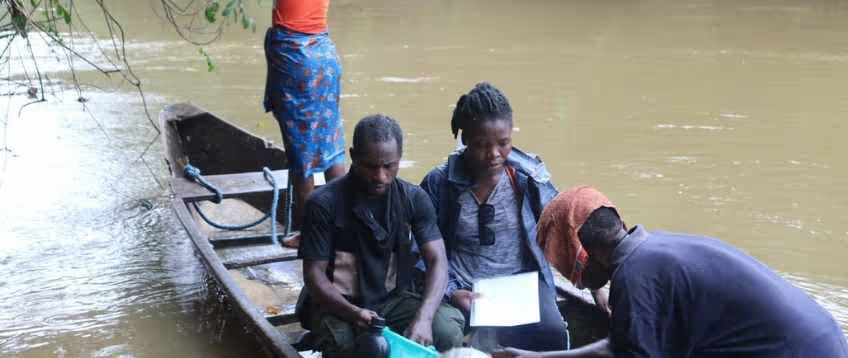

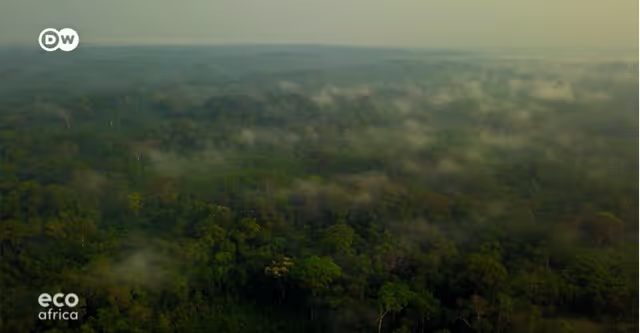
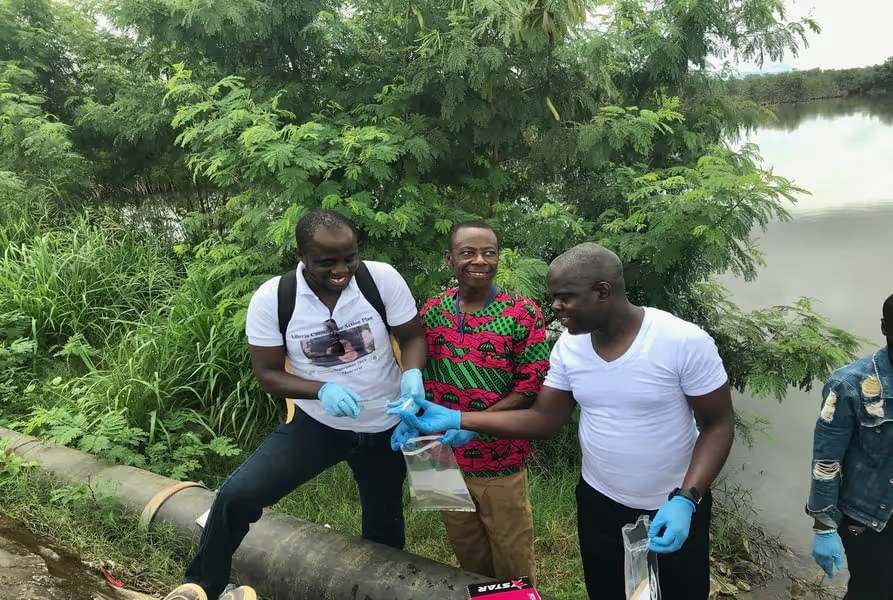
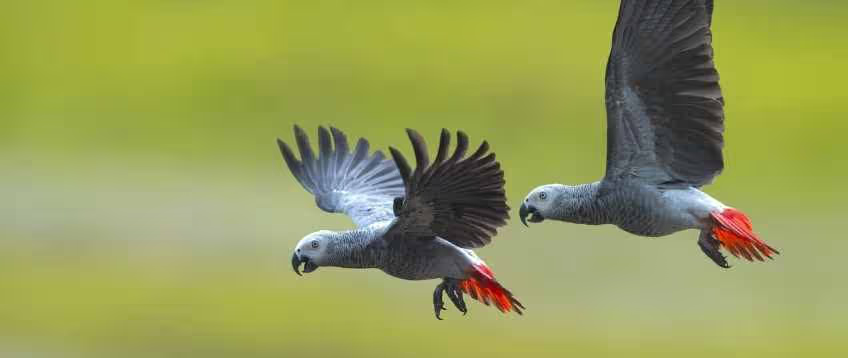

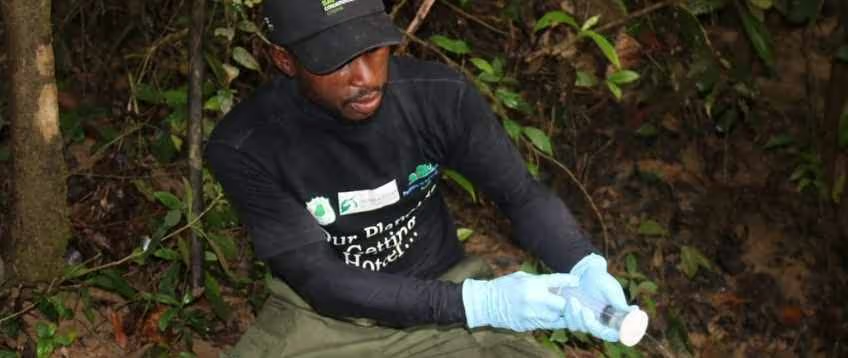
Our Role
Simple Sampling Techniques for Sophisticated Datasets
We worked with FFI and the FDA to conduct an eDNA survey in the southeast of Liberia. The survey was carried out along the Durboh and Dugbe Rivers, and the Grand-Kru River Gee Proposed Protected Area.
The FFI technical team, with the support of the Sapo National Park Biologist and two of the national park’s community biomonitoring auxiliary, collected eDNA samples derived from filtered water samples at 20 sites. They then sent them to NatureMetrics for analysis in our lab using our eDNA from Water service.

The Findings
20220/2021
Our collaboration with FFI has since broadened out to include other project sites across Africa where we are using eDNA methods to demonstrate the conservation impact of projects in terrestrial, coastal and marine environments.
In addition, we have formed a new working group with FFI to explore how DNA-based methods can be used to support the development of new standards and metrics for measuring progress towards Biodiversity Net Gain targets of large businesses.
Together, we want to help show NGOs, businesses and governments around the world the power of eDNA and its potential for measuring the metrics that matter across our natural world – because monitoring biodiversity can help improve management, and biodiversity is a critical challenge that organisations need to get right in their efforts to help secure a sustainable future.

The Impact
A Dazzling Array of Species for Low Cost And Effort
Our lab results from the 20 samples taken revealed a wealth of biodiversity data.
To build so comprehensive an account of the wildlife present in this important area would have been expensive and time-consuming using traditional methods. With a NatureMetrics eDNA survey, it was possible in a fraction of the time, with minimum training and technical supervision and achieved by simple testing methods.





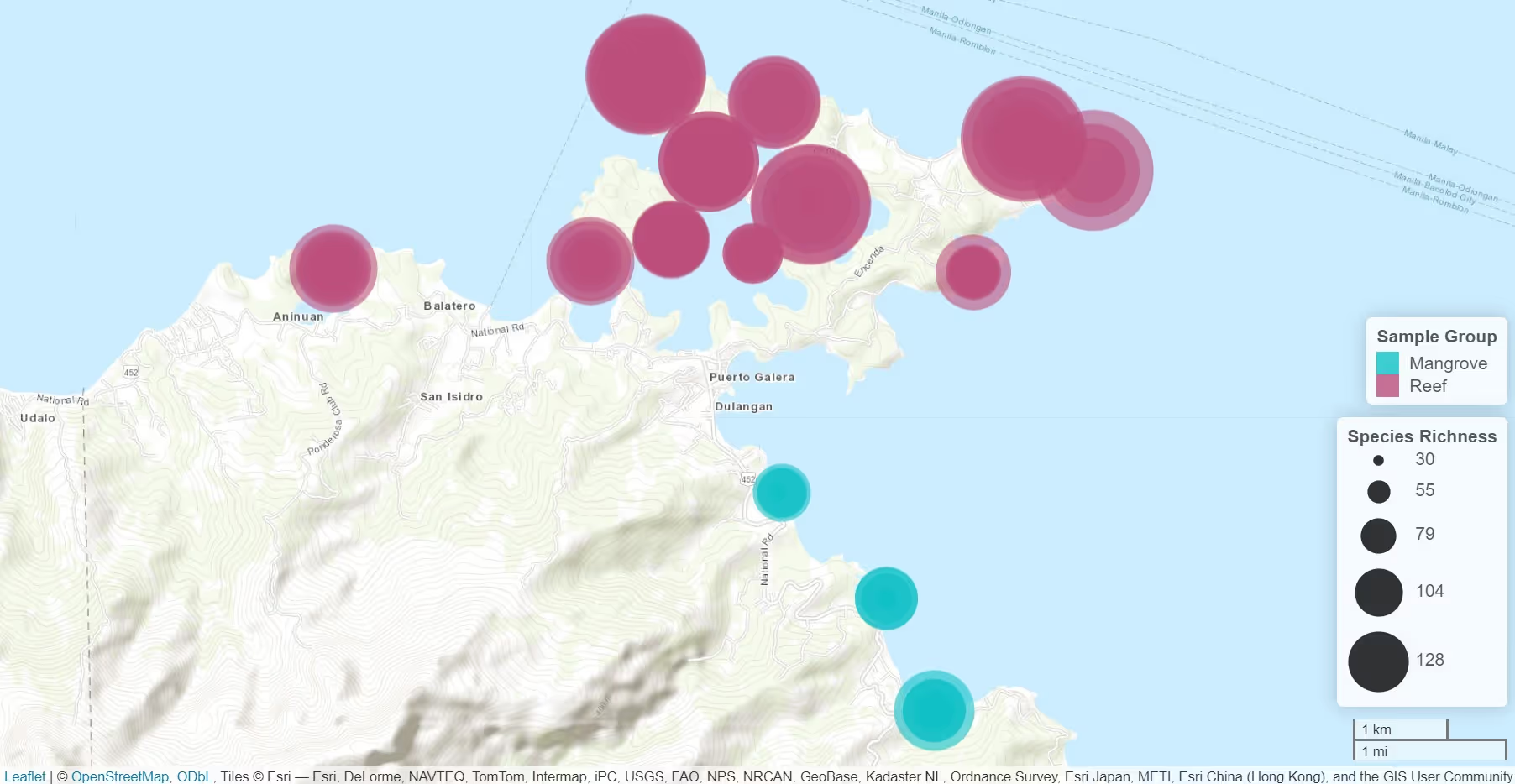


.avif)